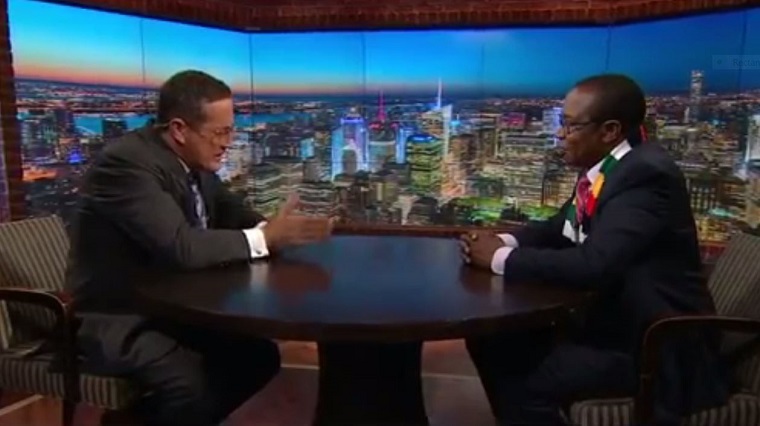CLAIM: Government is protecting the vulnerable rural areas through cash transfers
According to a June 2021 report by the Zimbabwe Vulnerability Assessment Committee (ZimVAC), government is the major source of support people in rural areas, making up 54% of the aid. UN agencies and other donor organisations make up 26%. Of the government aid, 3.2% was in the form of cash transfers. Cash transfers made up 7.5% of donor agency support, the report shows.
The ZimVac report is based on data collected in May 2021 from a sample of 14945 households across the country’s ten provinces.
ZimVac is a consortium of government, development partners, the UN, NGOs, technical agencies, and academics. It is chaired by the government through the Food and Nutrition Council, a department in the Office of the President and Cabinet.
In monetary terms, a Treasury report on the 2020 budget shows that government spent ZW$164 million on cash transfers to about 60,000 households.
Treasury allocated ZW$900 million for cash transfers in the 2021 budget.
Of the ZW$18 billion set aside for the COVID-19 relief programme in 2020, ZW$2.4bn was budgeted for cash transfers. Of this cash transfer budge, only ZW$217.8m was actually disbursed, according to the 2020 budget review report.
VERDICT: Partially true. Data from ZimVAC and the budget show that government did indeed make cash payouts. However, the cash payouts, according to ZimVAC and the budget review, were only a fraction of what government aid. This does not support Ncube’s claims of a “robust” social protection programme, which would suggest broad coverage of vulnerable groups. The ILO Social Protection Floors Recommendation, 2012, defines what a successful social protection net should do; it should ensure that all in need – whether children, people of working age or older persons – have access to basic care and income security throughout the life cycle of a welfare programme.
CLAIM: According to Ncube, the government has a social protection programme that includes free schooling for vulnerable children.
Budget data shows that the government spent ZW$300 million on the Basic Education Assistance Model (BEAM), covering 415,000 students at both primary and secondary education for the first term of 2020.
In the 2021 budget, ZW$2 billion was allocated for the BEAM programme, with a target of 1,5 million beneficiaries.
VERDICT: True. While ZimVAC reports that 23% of the children of school-going age were not going to school at the time of the assessment, the government does have a school fees programme which it has extended in 2021.
A 2020 report by Unicef shows that government funding of social protection programmes has been growing since 2018.
https://zimfact.org/fact-checked-3-claims-by-mthuli-ncube-in-cnn-interview/
(341 VIEWS)


